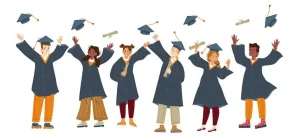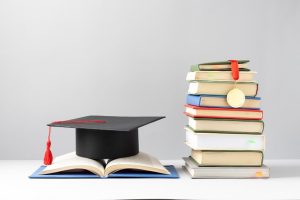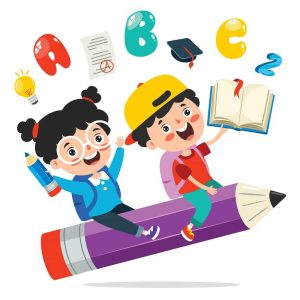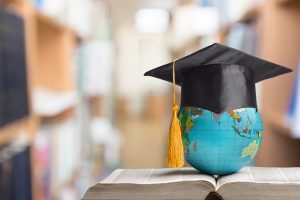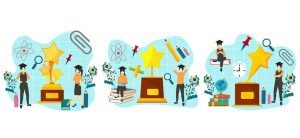Why Should Schools Integrate Arts in Their Curriculum: Top 10 Reasons
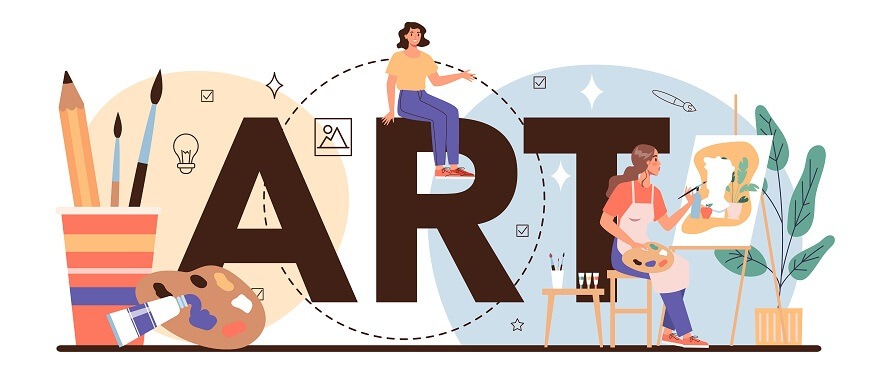
For every kid, art education is essential to their growth. Children are exposed and encouraged to explore the visual arts from an early age. Students learn how to think creatively and apply those abilities to all other aspects of their lives. Art-integrated learning into the school curriculum enables students to understand math, science, history, and language more deeply. The following section explores how learning can be made pleasant by allowing art to spark creativity and research. Schools can introduce children to many opportunities to improve their understanding and increase their love for studies.
What is Art Integration in School?
Introducing the arts into other academic areas is known as arts integration. Any grading level and any classroom may utilise it. It has been shown that including the arts in education raises student engagement, promotes social and emotional growth, and improves academic performance. When done right, arts integration can be a powerful teaching tool for any topic. Billabong International High School establishes an exciting educational atmosphere that promotes students’ creative abilities and academic achievement with the help of the administration, teachers, and the community.
Reasons for introducing art integration in school
Following are some reasons why art education and art-integrated learning should be implanted into the educational sector-
- Improving Motor Abilities through Art
Students can develop their motor abilities in many ways via art instruction. An efficient arts programme includes many activities to promote motor skill development, from practical art experiences like painting to music training that calls on finger and lip coordination.
- Increase academic achievement
Students who study arts have enhanced skills in language. Along with these academic and professional skills, students also acquire new abilities like courage, durability, and a sense of humour that will help them achieve in life after high school.
- Teamwork
Visual and performing arts are original methods of teaching communication and collaborative skills. An art project with a larger creative team benefits those prepared to be open-minded, grow, integrate, and flourish.
- Making decisions
Art lessons are the best way to inspire kids to select their themes, hues, and artistic interpretations. This enables kids to choose for themselves in a variety of life situations. It will let kids use their imaginations more and give them many opportunities to practise making decisions.
- Individual independence
When students begin to rely more on their resources, abilities, and knowledge than on the strength of others, they are on their way to becoming independent. Making art may give one a sense of success and self-worth while confirming one’s unique qualities.
- Identity
Through creating art, students may reflect on and better understand their identities. Being yourself is what is taught in art. Students’ characteristics make them who they are and how they distinguish themselves from others.
- Increasing Cultural Awareness
Students can start other cultures better by getting involved with local arts programmes, arts organisations, lively performing arts scenes, and more. Exposure to such events empowers individuals to express themselves personally and increases their awareness of their role in this global society.
- Visual Learning
The “visual learning” method is when “a learner uses graphs, charts, maps, and diagrams to learn.” Through drawing and painting, kids can gain knowledge.
- Patience
Making art helps us learn the skill of patience. Kids’ potential for success is based on their determination, both now and in the future.
- Leadership skills
Kids understand that they can update and interpret their environment when they can make their judgements. With these abilities, the student will become a leader instead of a follower.
Methods for Including Visual Arts in a Curriculum
Art-themed children’s literature promotes speaking, listening, reading, and writing abilities by providing various literacy tactics that align with educational requirements. Include the following exercises in the curriculum:
- Read aloud: Get children interested by telling tales with an artistic theme. This will promote understanding and conversation.
- Shared reading: Study texts with an artistic focus in a group setting to foster open learning and understanding.
- Independent reading time: Give kids the chance to read books on an art topic independently. This will improve their fluency and passion for reading while teaching themes related to art.
Challenges in Including the Arts in Education
While incorporating the arts into the curriculum might be beneficial, there are several obstacles to overcome:
- Limited Resources: Funding for art materials, specialised teachers, or dedicated art spaces may be unavailable in schools, which makes integration difficult.
- Time Restrictions: Finding time in the curriculum to integrate the arts might be challenging due to the emphasis on core courses and standardised examinations.
- Teacher Training: Teachers may hesitate or oppose incorporating the arts into their lessons because they do not feel sufficiently prepared or capable of doing so.
- Curriculum Alignment: Ensuring that art-related activities meet other areas’ academic requirements and learning goals might be challenging.
- Assessment Methods: Advanced or new non-traditional evaluation techniques may be needed to gauge students’ learning and advancement in arts integration.
- Institutional Support: Insufficient administrative support or a lack of knowledge about the benefits of integrating the arts may make implementation more difficult.
In short, there are drawbacks to the arts-integrated curriculum in schools, such as a lack of resources, scheduling conflicts, and the requirement for teacher preparation. Still, the importance of art integration in schools, such as raising student interest, critical thinking, and holistic learning, cannot be ignored. Working with the community, administration, and educators can overcome these obstacles and create a more stimulating learning environment that encourages creativity and academic achievement.
Learn with an energetic community of students at Billabong International High School. To learn more about our curriculum, contact us today!




